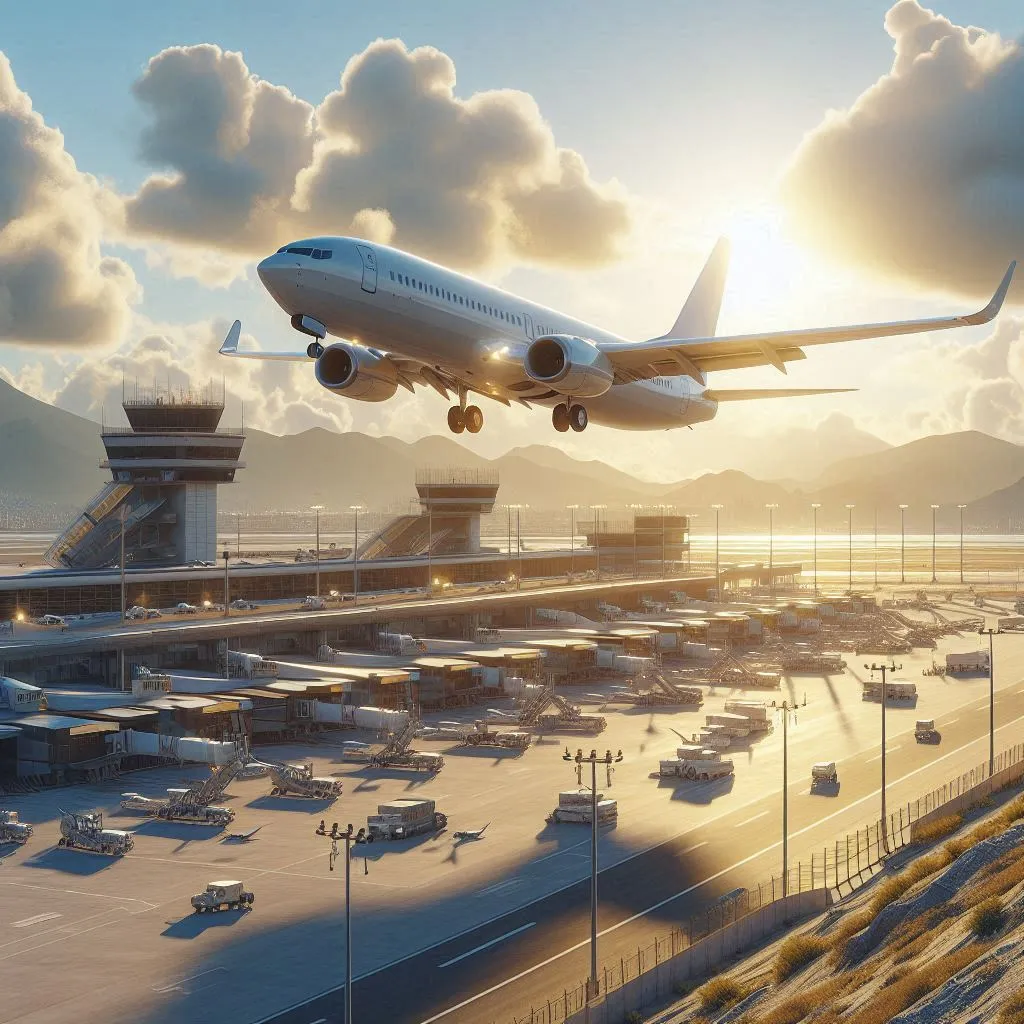
The history of airports is fascinating and shows how aviation has evolved from simple fields of grass to today's complex hubs. The first airfields were often just open grasslands where planes could take off and land in any direction that provided a favorable wind.
During the 1920s and 1930s, airports began to develop with more structured facilities. For example, Croydon Airport in London and Tempelhof in Berlin had grass pitches and were large social centers with restaurants and observation decks.
World War II significantly accelerated the development of airports. The need for longer runways and better infrastructure led to the construction of many new airports with paved runways and advanced navigation systems1. After the war, many of these military airfields were converted to civilian airfields, contributing to the growth of commercial aviation.
In the 1950s and 1960s, jet aircraft began to dominate aviation, requiring even longer runways and more sophisticated terminals. Airports such as O'Hare in Chicago and Heathrow in London became major international hubs.
Today, airports are complex facilities that include everything from runways and terminals to shopping areas and hotels. They are important economic engines for the regions they serve, and they play a crucial role in globalization by connecting people and markets around the world.
Unless stated otherwise, all images are created with Bing's AI by me.